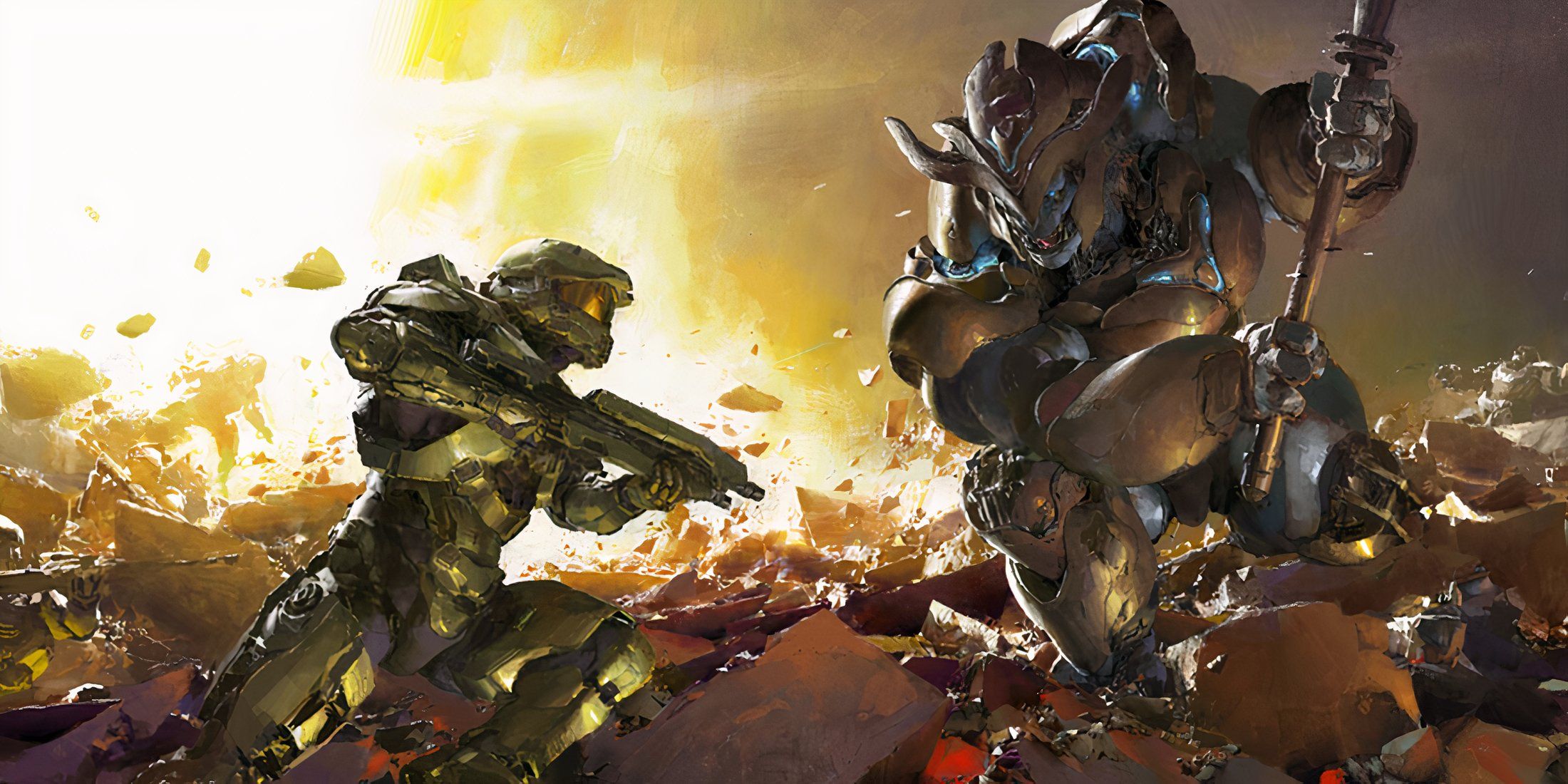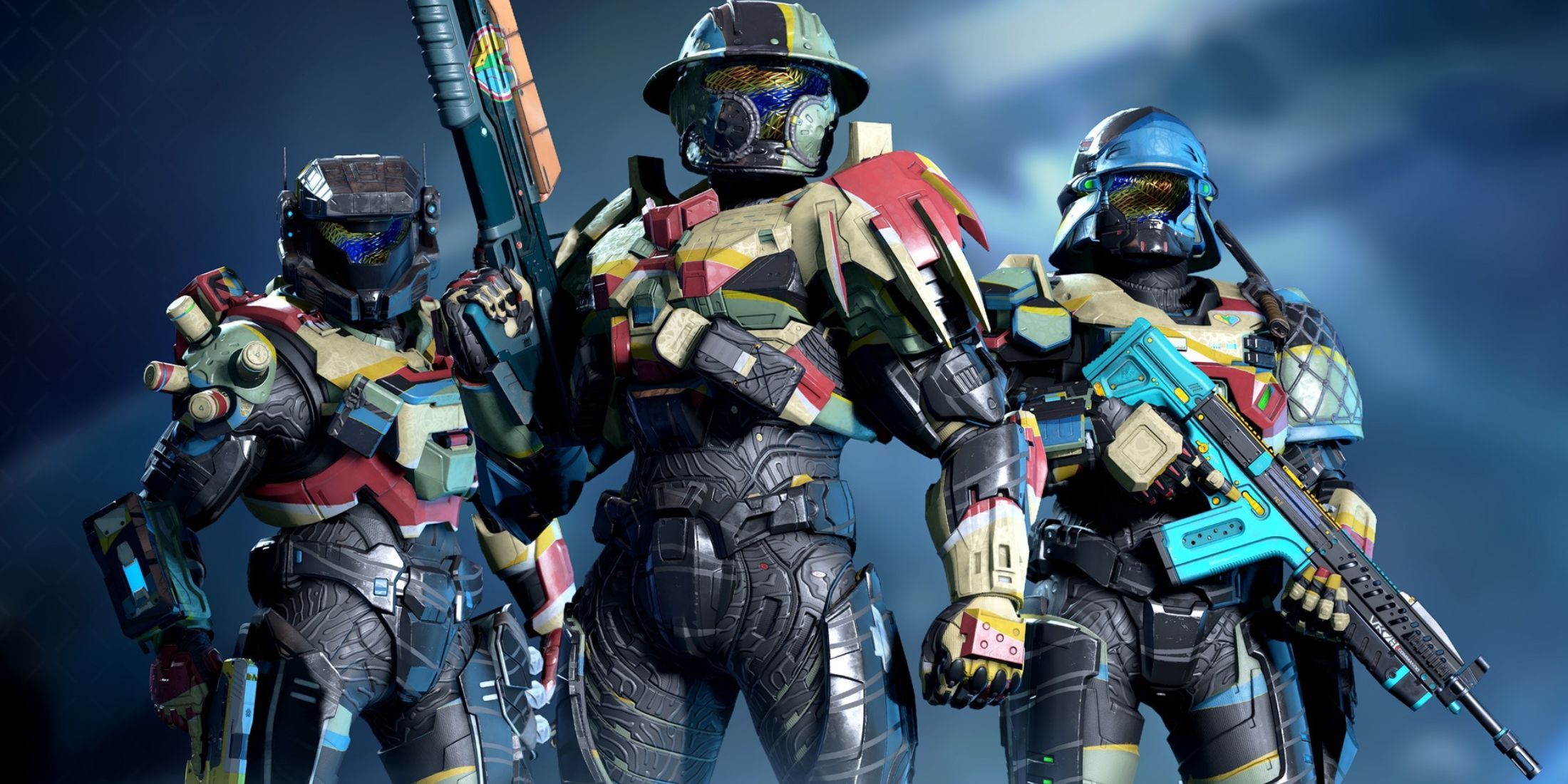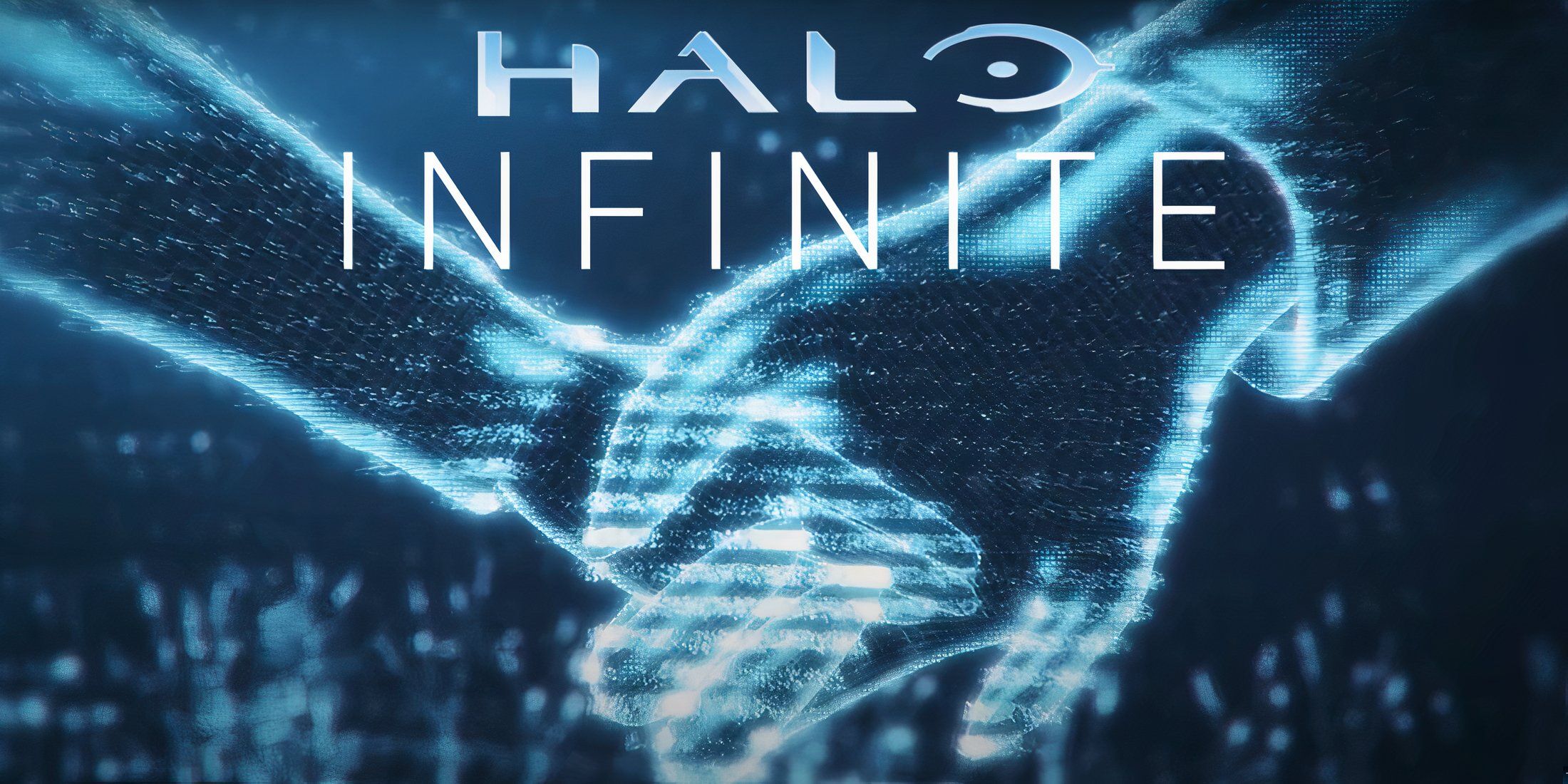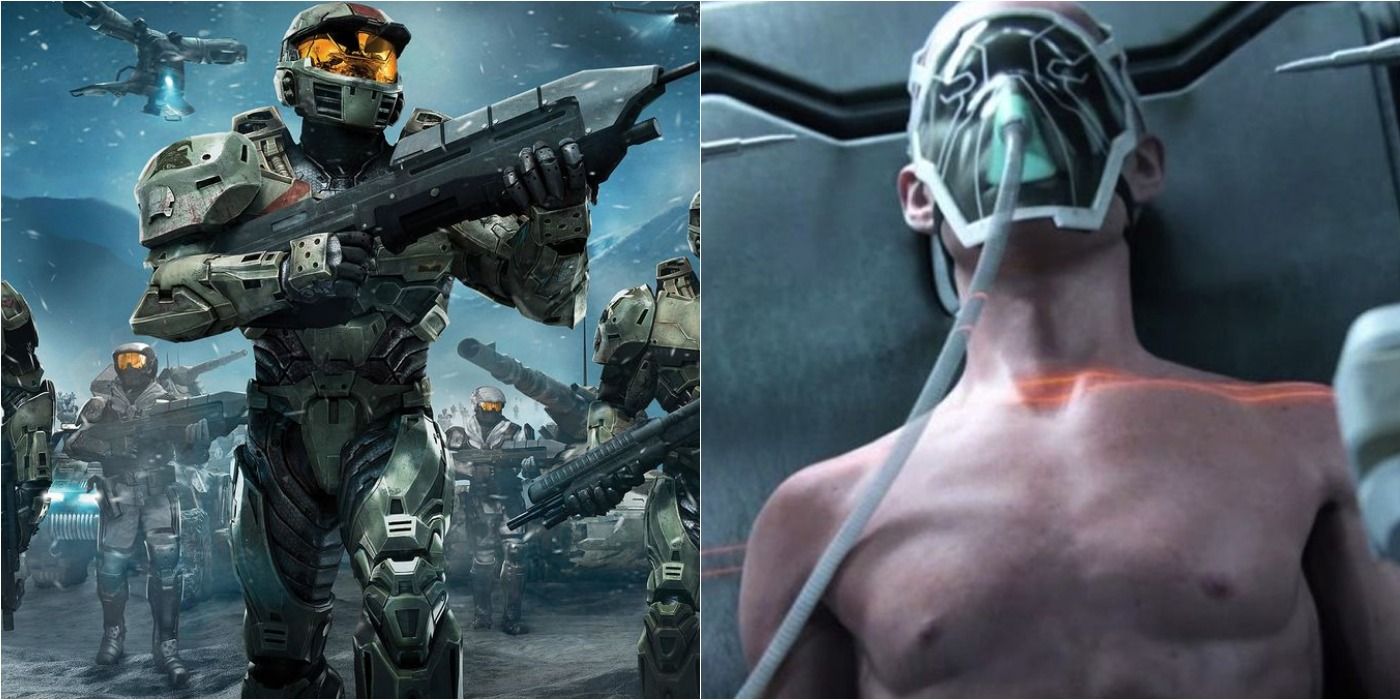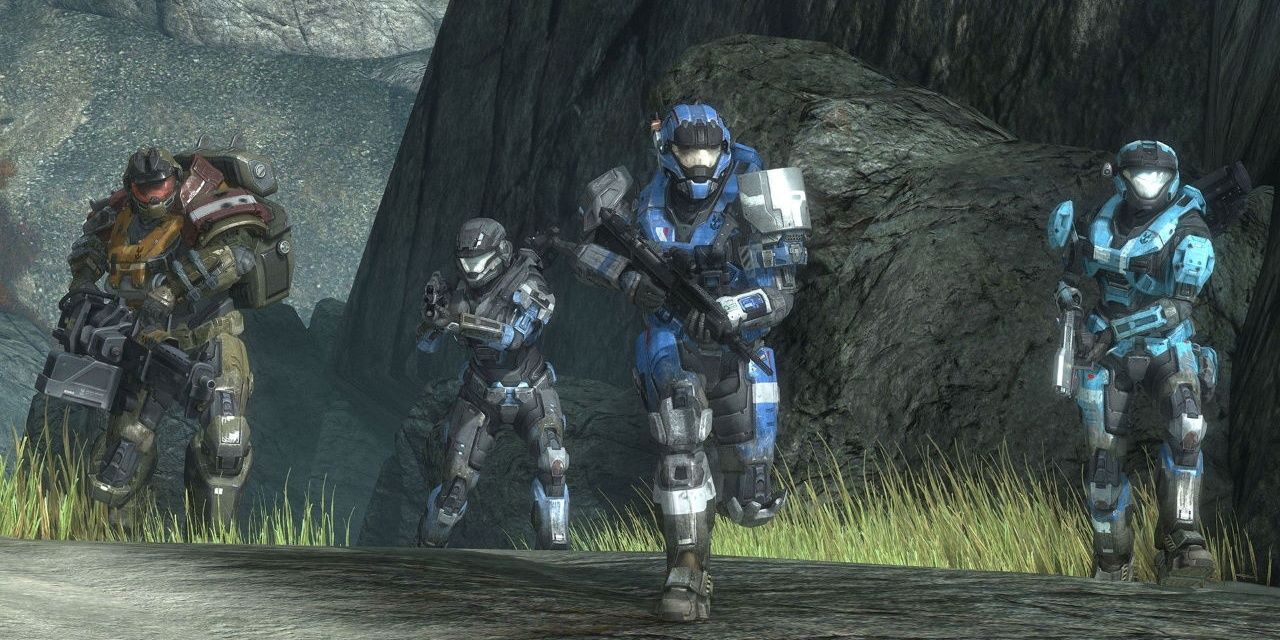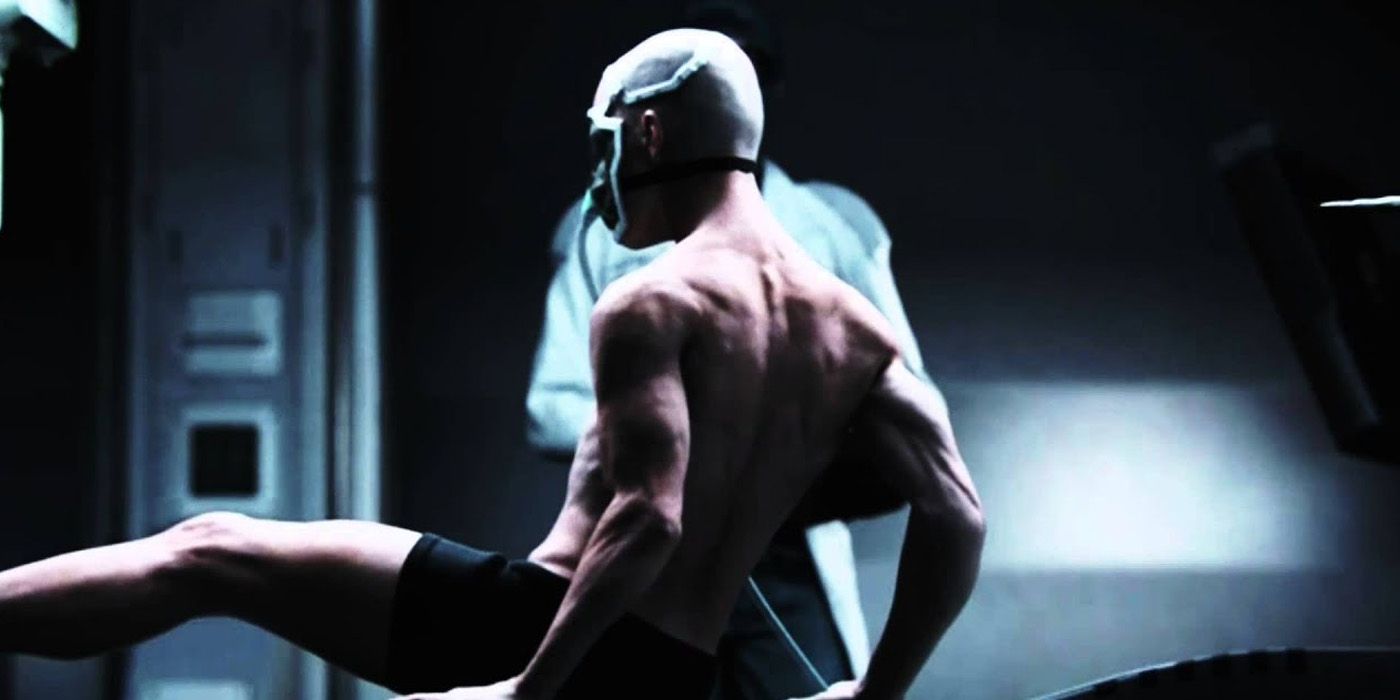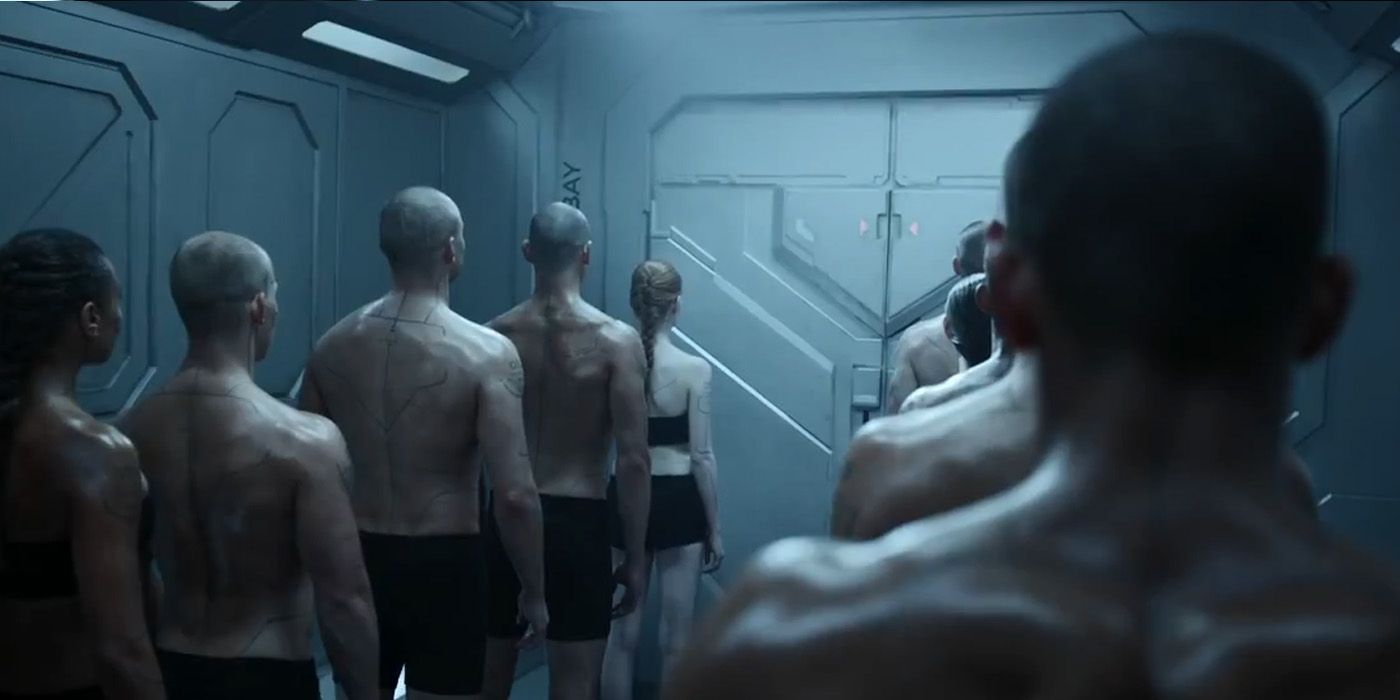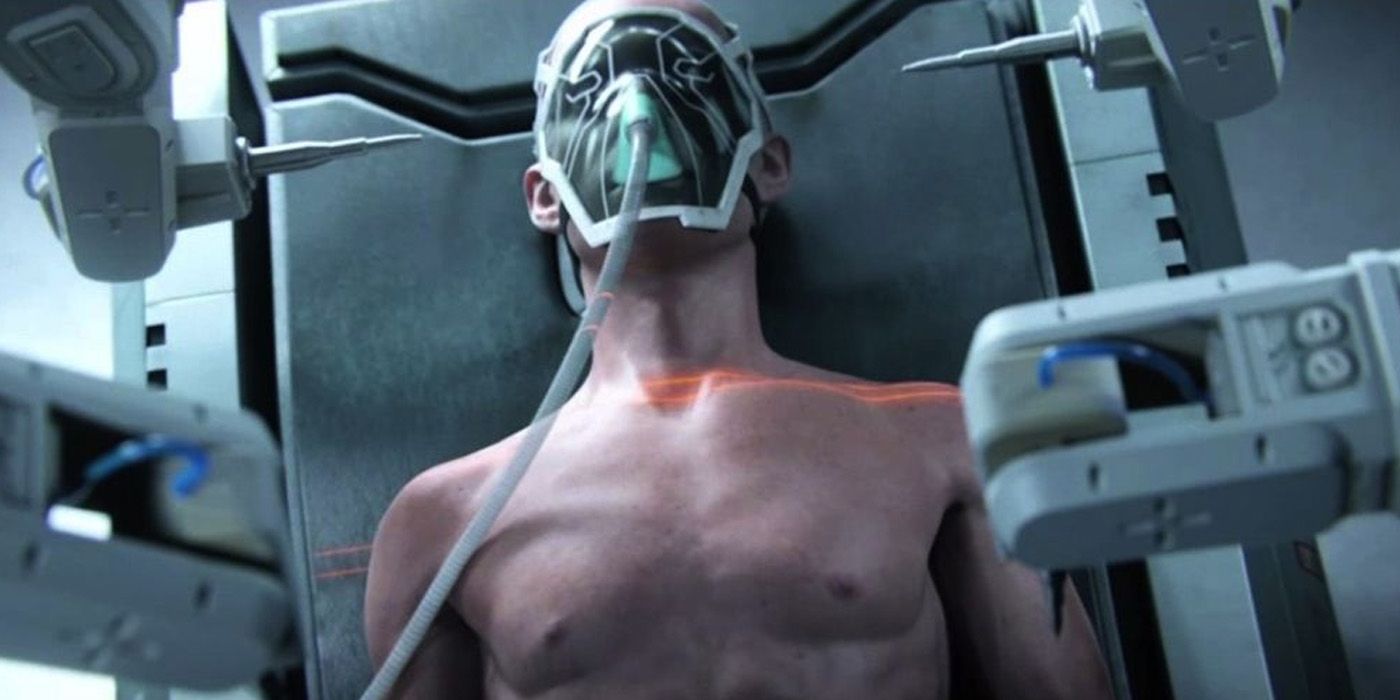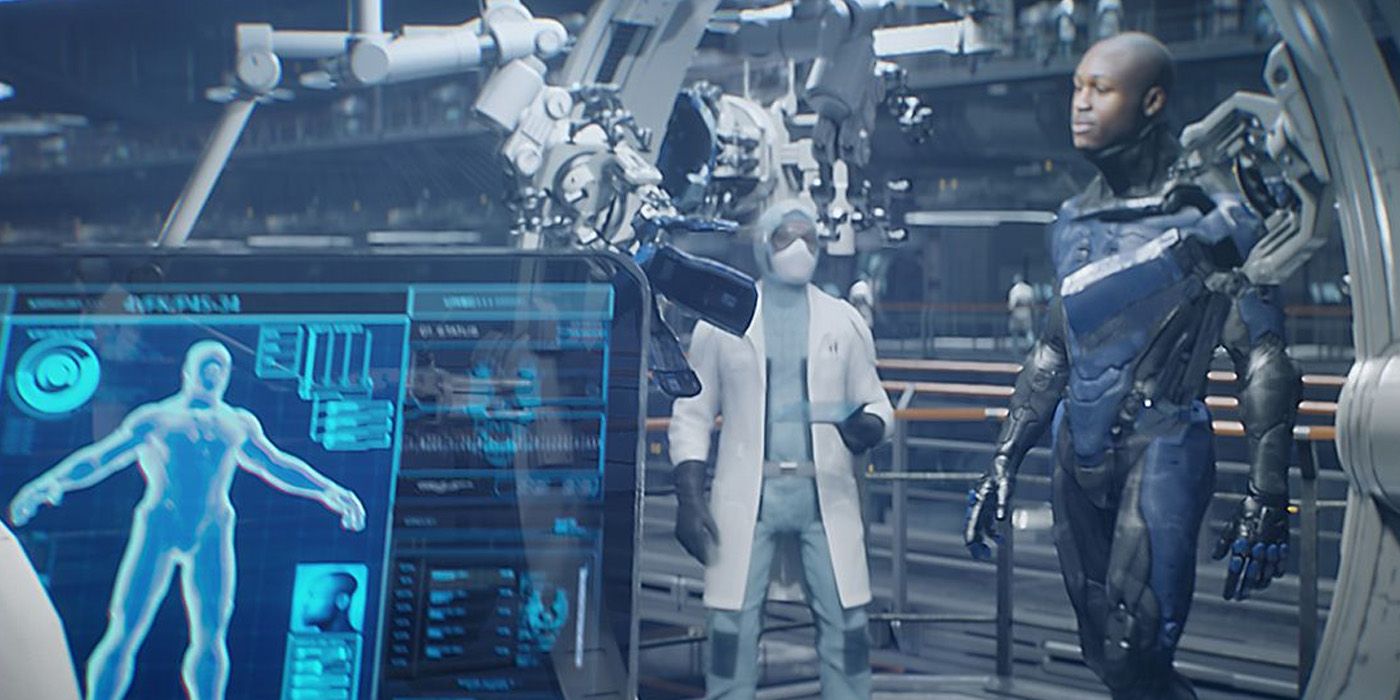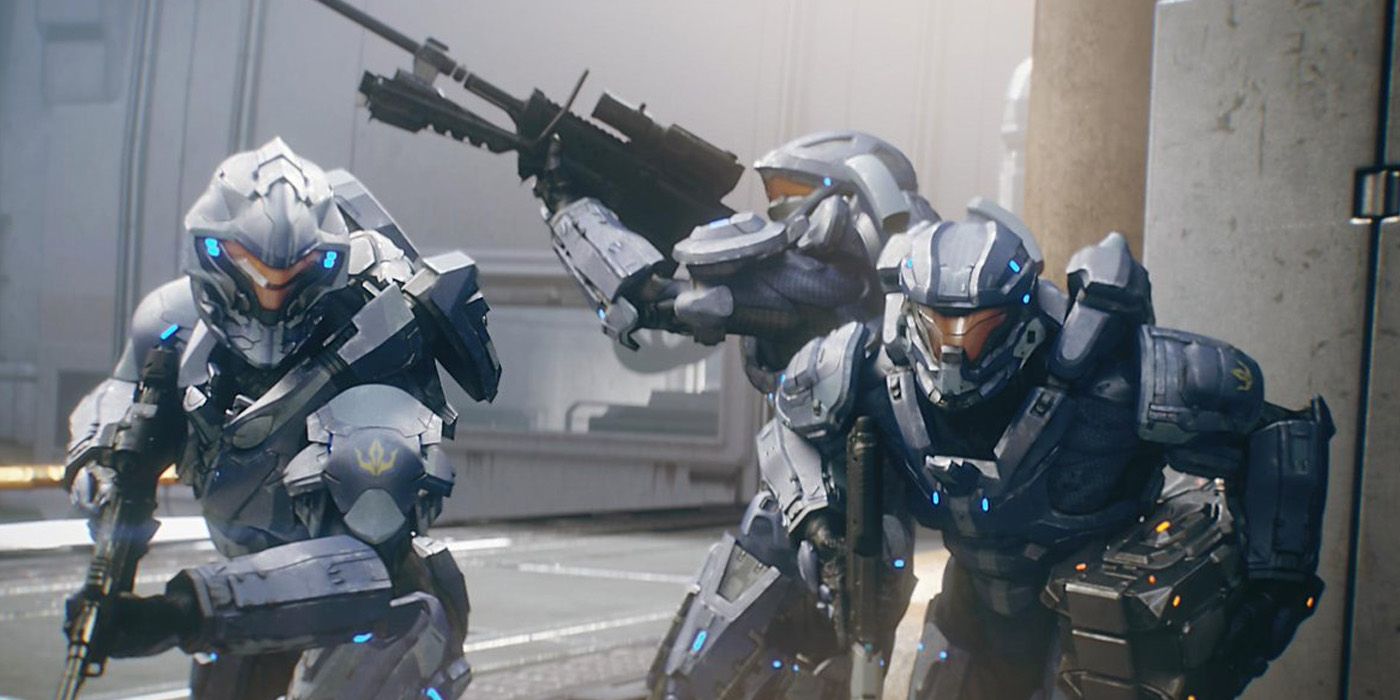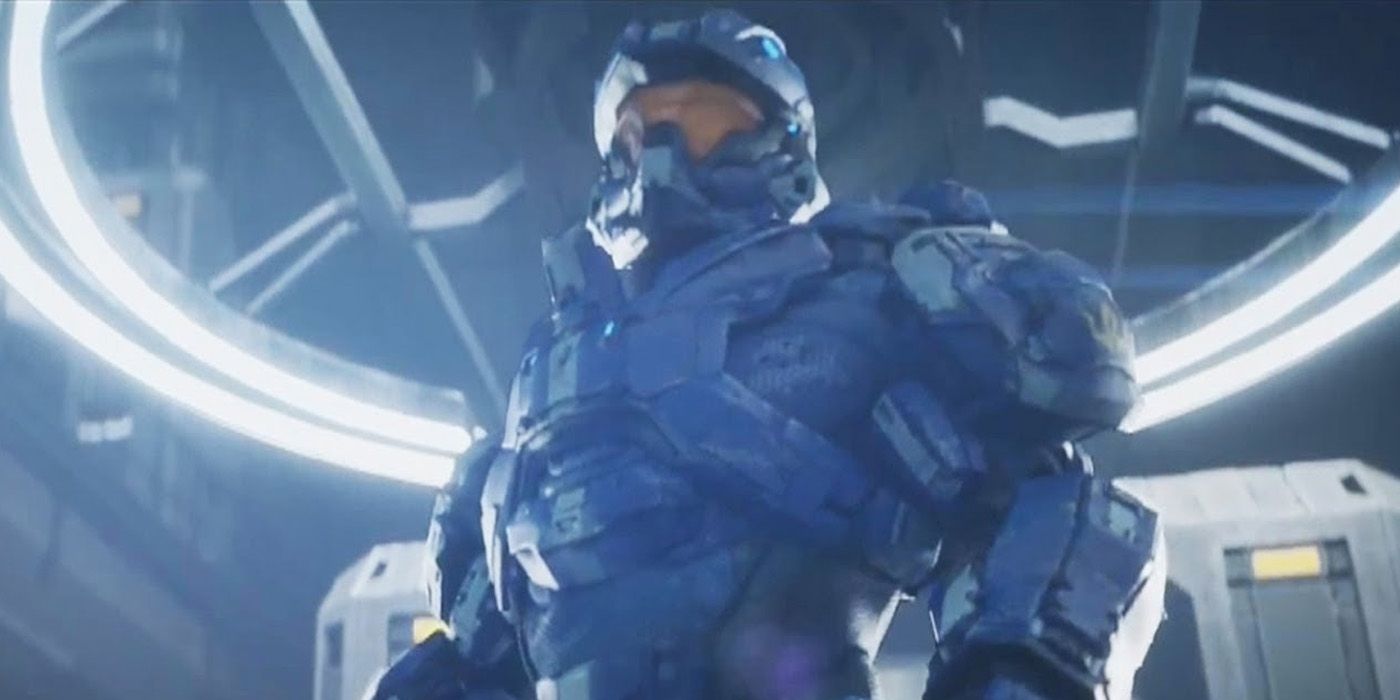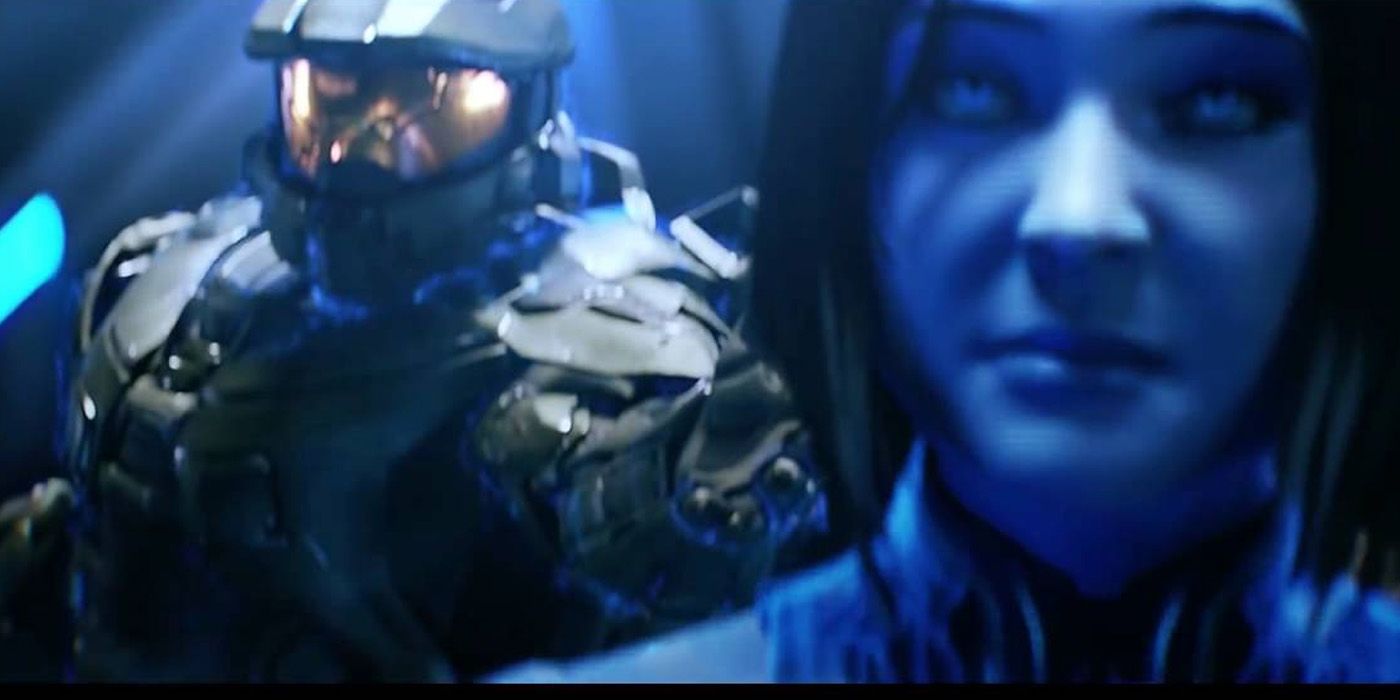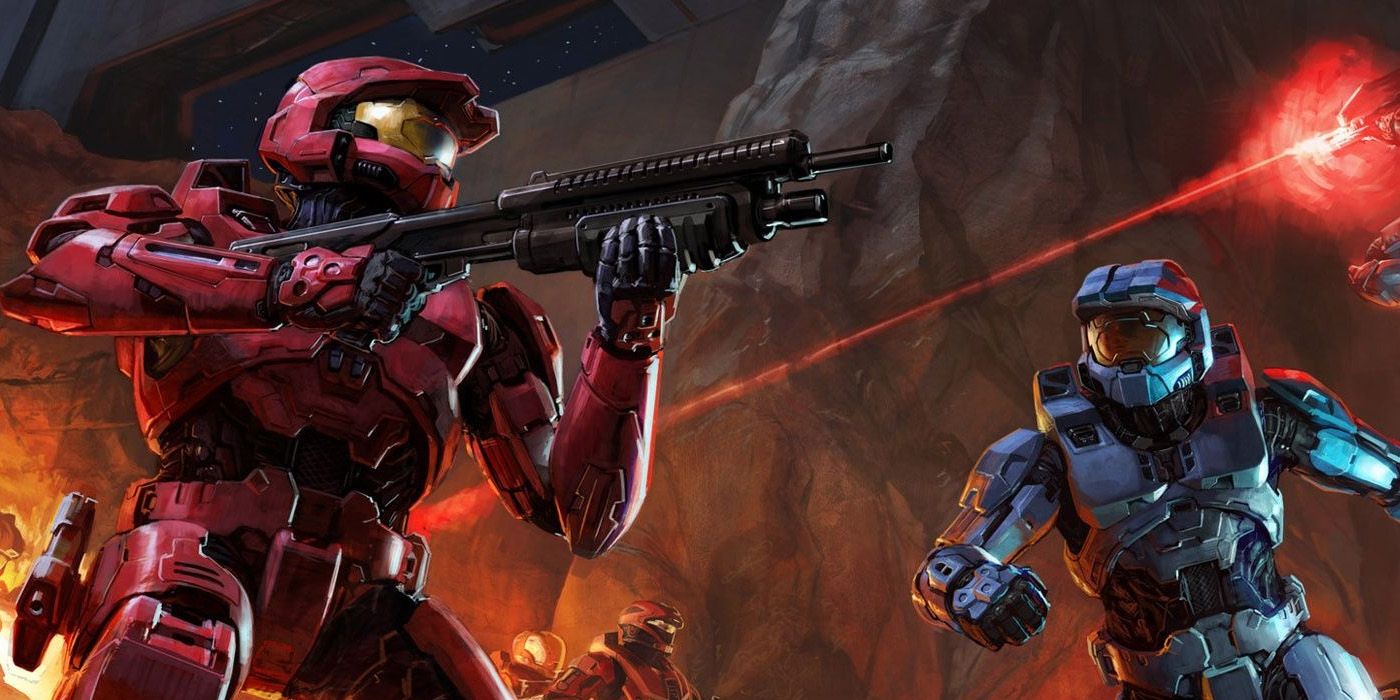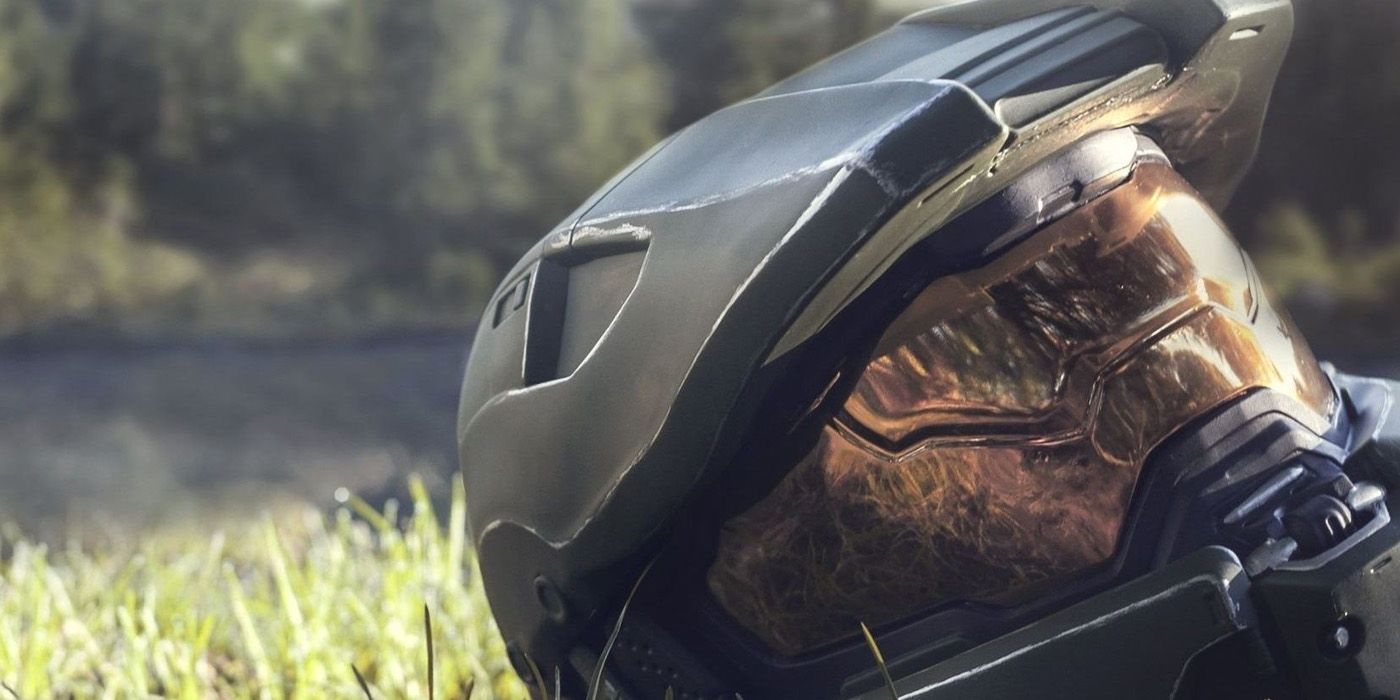Fans of Halo know very well how the Master Chief defended the Earth and the galaxy from various supernatural threats. After all, this super soldier from 343 Industries' legendary franchise fought the Covenant, the Flood, and other threats that tried colonizing planet Earth. However, the Master Chief didn't reach badass status through his sheer efforts alone. In fact, the Master Chief would owe his superhuman abilities to the SPARTAN Programs.
In the Halo franchise, the SPARTAN Programs were created to assist the UNSC. The SPARTAN Programs created genetically-enhanced super soldiers capable of bringing a fight to any threat. However, it seems the SPARTAN Programs have certain procedures that make it quite a hardcore part of the franchise lore.
10 Mythological Origins
Fans of Halo would get God of War vibes at the mention of the former's SPARTAN Program. After all, this super-soldier program is aptly named after the city of Sparta and its fierce warriors, the Spartans. However, before the arrival of Spartans was the mysterious ORION Project, the United Nations Space Command's first attempt into creating super-soldiers designed to implement colonial security. Unlike the fierce warrior Spartans, the ORION Project named itself after Orion, a hunter in Greek Mythology. And like hunters, the ORION Project focused on quelling insurgencies and signs of rebellion across the colonies.
Interestingly, like in mythology, the general populace had no idea of the ORION Project's existence. Moreover, its surviving members found themselves suffering various mental instabilities, with their children continuously treated with medication to avoid side-effects from their parents' genetics.
9 Carefully Selected Children
The SPARTAN Program doesn't just take its name from the famed Spartans, but it also adapts much of their philosophies - albeit in a twisted manner. Catherine Halsey, a prominent UNSC doctor, spearheaded the questionable SPARTAN-II Program. However, Halsey's Spartan inspiration essentially transformed the SPARTAN-II Program into a brutal yet top-secret operation.
In essence, SPARTAN-II saw not only the conversion of abducted children into super-soldiers, but also making them compatible with the MJOLNIR exoskeletons. As such, Halsey's team abducted carefully-selected children for the training and augmentations required by the program. This seems similar to the popular Spartan myth where newborns deemed imperfect and unfit were cast out and killed.
8 Human Guinea Pigs
Unlike the previous ORION Project, the SPARTAN-II Program needed two to accomplish two things: create super-soldiers and have them interface with the MJOLNIR armored exoskeletons. However, as this project essentially served as the first of its kind, all 75 children became guinea pigs for the project. As soldiers in training, these children got training not only in combat arts but also in high-level education. Unfortunately, at 14 years of age, these children would have to undergo the augmentations necessary to outfit them with the UNSC's powered exoskeletons. Only 33 children became "successful" SPARTAN-IIs.
Two more SPARTAN Programs will appear throughout the franchise. The more brutal SPARTAN-III aimed to mass-produce super-soldiers in the hopes of creating expendable units in the Human-Covenant War. Meanwhile, the SPARTAN-IV Program had recruited participants to train them with the new MJOLNIR armor variants.
7 Augmentation Or Death
Despite ethical concerns about the SPARTAN-II Program, the development team did try to make certain processes as bearable as possible. For instance, the augmentation process to make the conscripted children compatible with the MJOLNIR exoskeleton should theoretically be painless. After all, the procedures will be conducted while the children remained unconscious.
Unfortunately, all the children felt different levels of excruciating pain depending on the process within the procedure. SPARTAN-II required children to receive enhancements to their bones, muscle mass, growth processes, visual perception, and overall reflexes. Sadly, these augmentations come with a 56-percent risk of killing the potential Spartan with bone pulverization, cardiac arrest, elephantiasis, or even Parkinson's Disease.
6 Accelerated Growth
Interestingly, regardless of the risks of the SPARTAN-II Program, Col. James Ackerson's SPARTAN-III managed to replicate SPARTAN-II's augmentation process with a 0-percent casualty rate. After all, despite leaning away from SPARTAN-II's hulking soldiers, SPARTAN-III units received more advanced versions of augmentations. For instance, SPARTAN-IIIs no longer needed invasive procedures, and instead ingested and got exposed to various growth-inducing chemicals as they aged. In turn, they receive the physical and mental benefits of SPARTAN-II's augmentations slowly.
As a result, SPARTAN-IIIs had varying levels of strength and mental fortitude. However, more consistent survival rates made it possible to mass-produce super-soldiers that can wield the cheaper SPI Armor.
5 Ultimate Reaction Times
Despite the sheer pain of the SPARTAN-II's augmentation process and the length of the SPARTAN-III's growth process, the benefits both soldier types received made them the perfect super-soldiers. For instance, most Spartans end up becoming two meters tall and weigh around 250 pounds. In turn, they can lift thrice their body weight and even run as fast as 34.2mph.
Additionally, Spartans develop "Spartan Time." This "slow-motion" effect allows them to see, think, and react to things happening to them in just 20 milliseconds. Moreover, all these feats become boosted with both the MJOLNIR exoskeleton and their onboarded AI.
4 Armor Built For A Super Commander
When Halsey created the SPARTAN-II Program, she also developed the MJOLNIR Powered Assault Armor. In fact, the SPARTAN-II Program's success hinged on the fact that the MJOLNIR exoskeleton should enhance the super-soldier's capabilities. At its core, the MJOLNIR battlesuit has a multilayer alloy capable of energy dispersion and tensile strength. Moreover, it has a bodysuit and a temperature-regulating gel layer, as well as an inner suit with various interfacing components.
In turn, the sophisticated construction of the suit allowed the Spartan's brain to directly interface with the suit. Moreover, despite its massive 1,000-pound weight, the suit can amplify the speed, agility, and strength of its user. These benefits remain on top of various magnetic holsters, belts, clips, and sensors. Either way, each iteration of the MJOLNIR exoskeleton needs to work, as its production costs match that of a small starship!
3 Smart AI Compatibility Guaranteed
Perhaps the best part of the MJOLNIR exoskeleton remains not with its physical benefits, but rather in its other purpose: a compatible dock for an AI. When Halsey developed the MJOLNIR exoskeleton, she also ensured that the suit can interface with an on-board AI similar to a starship's. In turn, the AI can further amplify processing capabilities, movement potential, and other abilities the suit already gives its Spartan wearers.
For instance, Master Chief's Cortana originally assigned herself to the Pillar of Autumn in the first Halo game. However, she eventually became the Chief's partner AI in the Human-Covenant War. Cortana's remarkable processing power and battle assessment aided Master Chief in surviving in the most hostile environments.
2 Trial By Fire
Unfortunately, no SPARTAN Program would ever have carefully-studied "trial runs." In fact, all Spartan generations had some form of fire, with the UNSC seeing their potential efficiency firsthand—often with disastrous results. For instance, the UNSC had to deploy SPARTAN-II at the beginning of the Human-Covenant War, with most of the 33 super-soldiers dying in the conflict.
Perhaps more tragic would be SPARTAN-III, where it trained companies of 300 soldiers with a more brutal regimen. Unfortunately, these companies often got sent on suicide missions for the sake of the war. Meanwhile, SPARTAN-IV units saw their deployment in skirmishes like the Battle of Requiem.
1 Forever Immortal
Early on in the SPARTAN-II's development and deployment, people who witnessed some of their incursions quickly formed theories regarding the UNSC"s dabbling into creating super-soldiers. Moreover, despite the constant dismissal of these conspiracy theories, many people got convinced of the myth of the said super-soldiers. In turn, the UNSC actually took this "myth" and used it to their advantage as a propaganda boom.
In Directive 930 of the UNSC's Office of Naval Intelligence, any Spartan wounded or killed in action would be labeled "Wounded in Action" or "Missing in Action." However, they're instructed not to list any Spartan who perished in any of their missions. As such, this Directive effectively cemented the rumor that the UNSC's super-soldiers serve as invincible warriors in the war effort.

